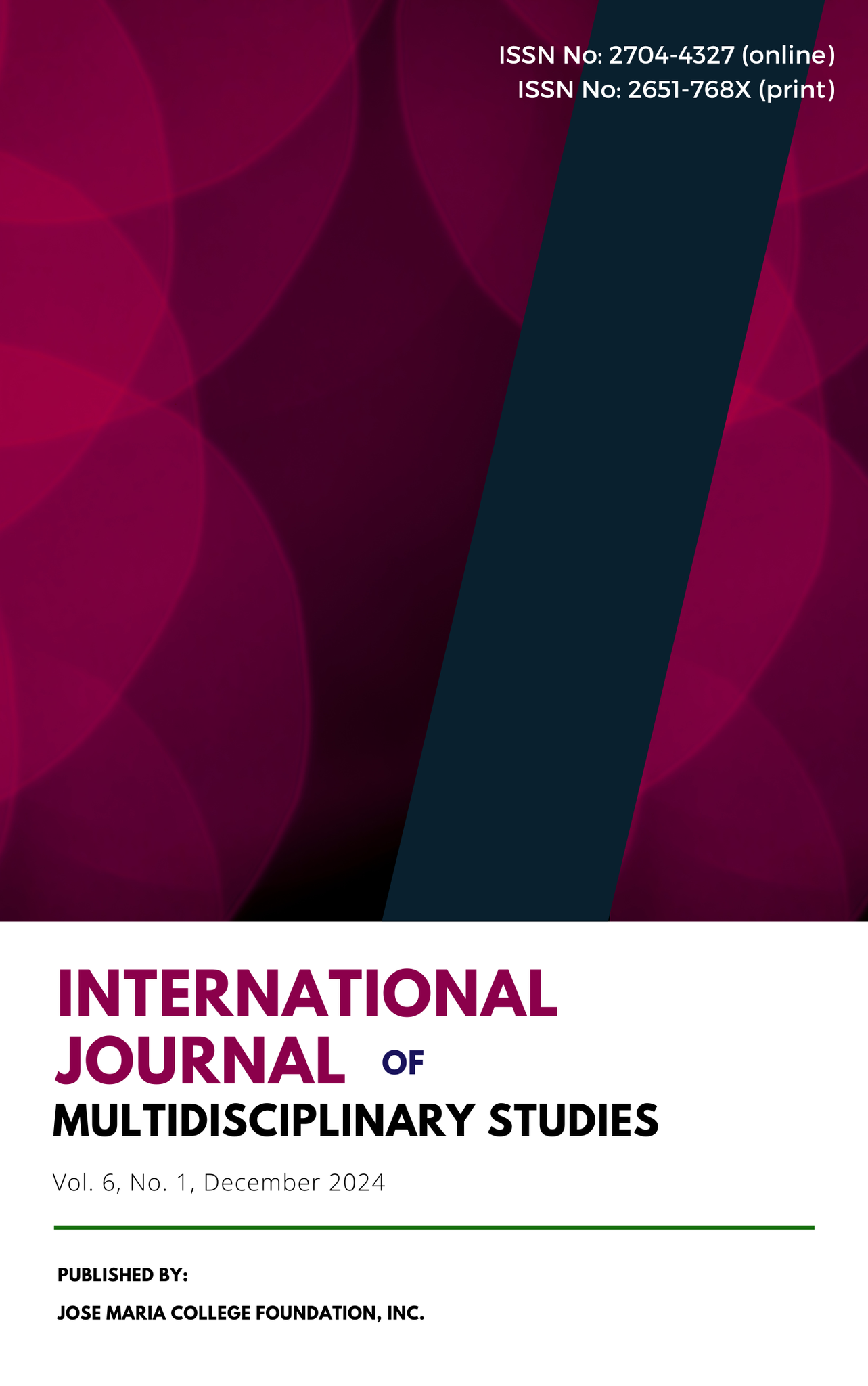Predicting urinary tract infection based on urinalysis test results of patients using binary logistic regression analysis
Keywords:
urinary tract infection, prediction, local clinic patients, binary logistic regression analysis, KaggleAbstract
This research aimed to create a model that could predict how likely clinic patients are diagnosed with Urinary Tract Infections (UTIs) using logistic regression analysis. A secondary data acquired from Kaggle, an online platform of datasets, with 1,436 instances from patients of a local clinic, was used in this research. The majority of these patients were female and belonged to the 0 to 9.21 age group. The logistic regression analysis found significant predictors of urinary tract infections (UTIs), such as urine specific gravity, urine transparency, and the presence (moderate to plenty) of bacteria in the urine. The prediction model was able to correctly categorize 95.1% of the UTI diagnoses of patients at a local clinic, whether positive or negative for UTI. It also noted that the urine specific gravity is an extreme predictor of UTI, indicating a further study along with other urinalysis test results. The findings of this study contribute to the wider concept of UTI prediction. Furthermore, it suggested to enhance the monitoring and assessment of significant predictors and utilization of advanced technologies for a more accurate UTI diagnosis.
Downloads
Published
Issue
Section
License
Copyright (c) 2024 Mark Jhon Oxillo, Junel Mirontos, John Vianne Murcia

This work is licensed under a Creative Commons Attribution-NonCommercial 4.0 International License.


